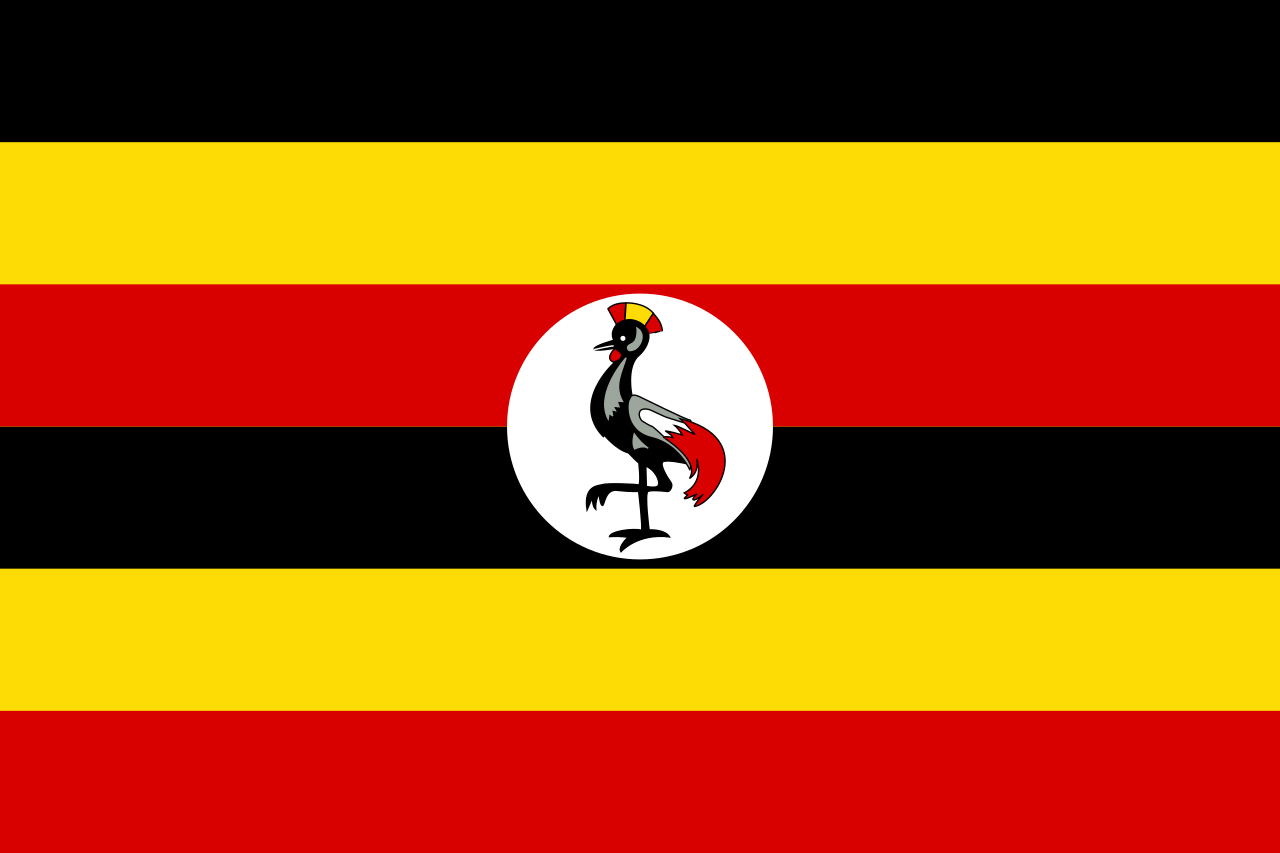The arrival of the body of a 22-year-old student suspected to have succumbed to Ebola hemorrhagic fever created panic in Namulonge, Wakiso district on Tuesday.
The ministry of Health burial team members - all donned in full personal protective equipment (PPE) quickly disembarked from a pickup vehicle that delivered the body.
Several mourners who had converged at the deceased's family home were seen fleeing, giving way to the burial team that spent less than 30 minutes in executing the burial. The deceased who had been admitted at Kasangati health center IV hadn't been confirmed as an Ebola case by the time of the burial. Indeed today morning, the ministry said the deceased's results returned negative results.
But the ministry of Health says all suspected Ebola cases are going to be subjected to the same burial arrangements going forward. According to Emmanuel Ainebyoona, the senior public relations officer at the ministry, they resolved to do this to minimize transmission risk in an event that samples eventually turn out positive.
Dr Stephen Ataro Ayella, a clinical epidemiologist says coming into contact with a body of a confirmed Ebola case or even a suspect puts one at risk of infection. He explains that the body can transmit the disease for up to a week as long as blood is still flowing.
"Even if the person has died, the virus can survive for some time under certain conditions. In some cases, a few days, or up to even a week the body can still be infectious because if it is in a body fluid and you're exposed to it or you touch you can get infected," said Ayella.
Ayella who was also among the medical workers that Uganda sent to West Africa to help with the Ebola epidemic in 2014, says tests on suspected Ebola dead bodies are conducted by removing a sample from their throats.
Ainebyoona says the ministry has been receiving several other alerts from different parts of Kampala and the neighbouring Wakiso but none of them has tested positive. The ministry of Health figures indicate that by Tuesday morning, the outbreak had been confirmed in only three districts; Kassanda, Mubende and Kyegegwa which returned positive results.
Six cases were confirmed bringing the cumulative total to 24. The cumulative confirmed deaths are still five, although, eighteen other deaths occurred before tests could be conducted and surveillance teams were only alerted after burials.
Oral reports from Mubende district indicate these had symptoms consistent with the viral hemorrhagic fever just as the one that was buried today.
While URN couldn’t obtain information regarding the deceased from health workers at Kasangati, Tom Muwonge, the LC III chairperson of Kasangati town council says the deceased was referred to Kasangati from a private health centre in Maganjo.
When he arrived, the chairperson said he was in a critical state. The deceased’s relatives and the boda boda cyclist who transferred them to Kasangati have since been quarantined. - URN/The Observer







